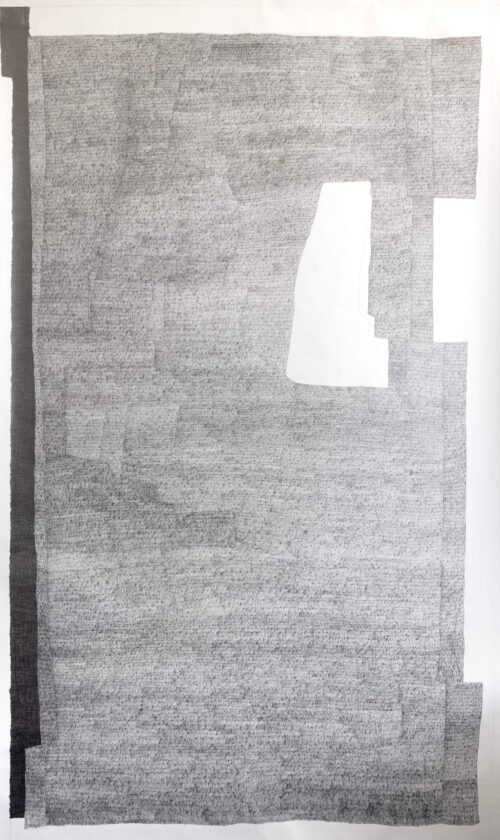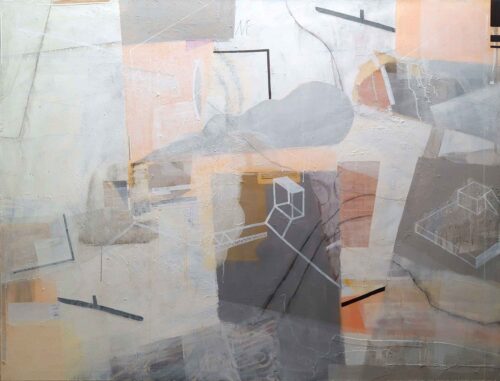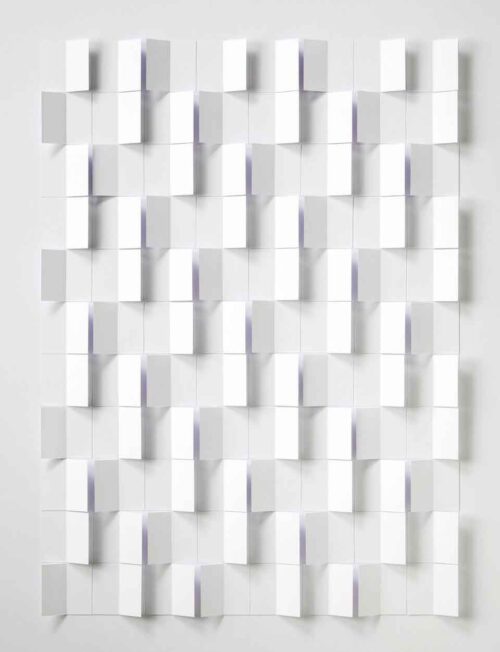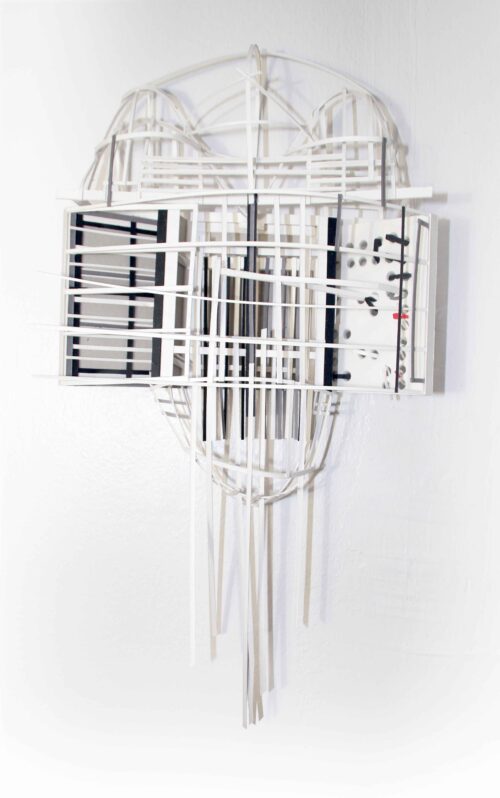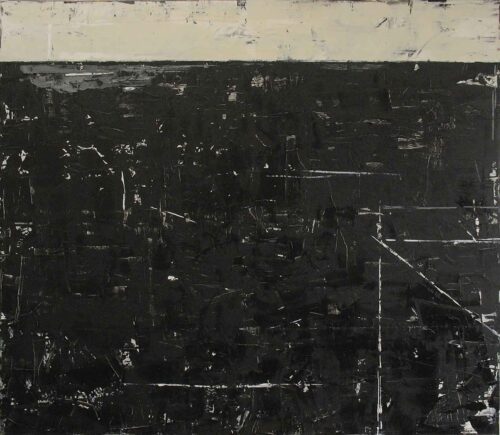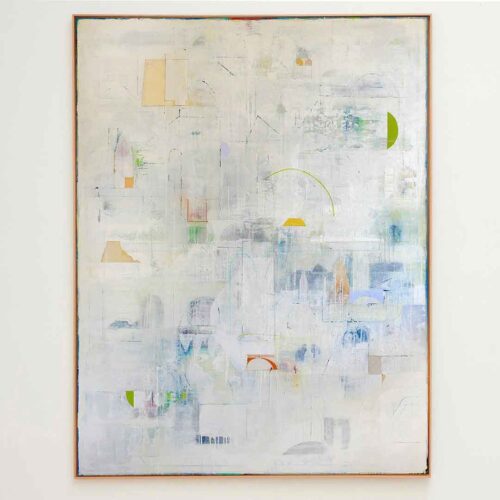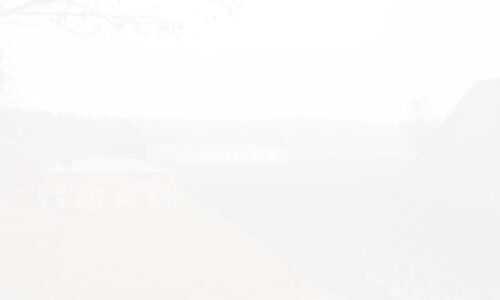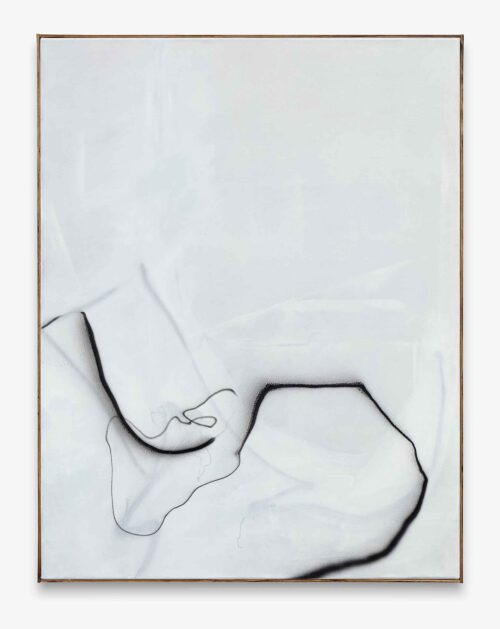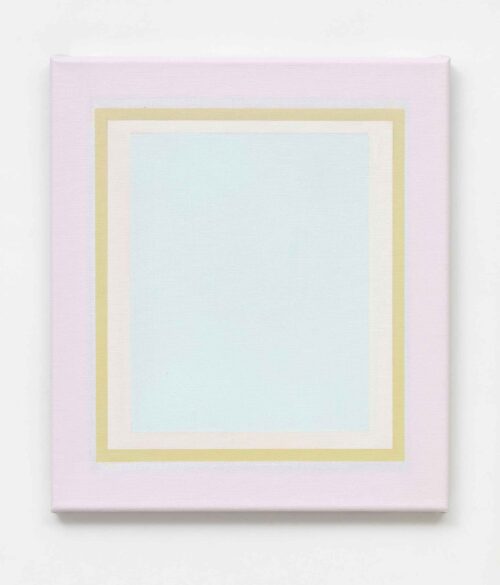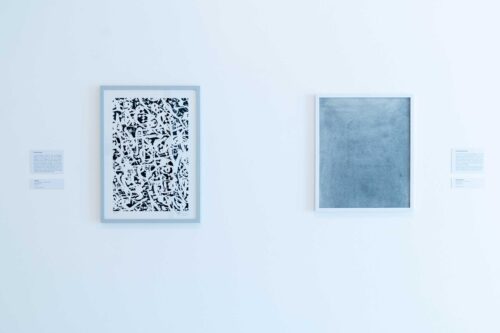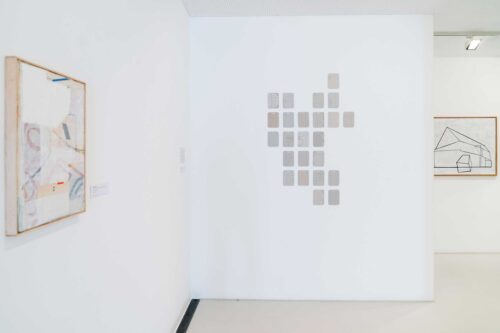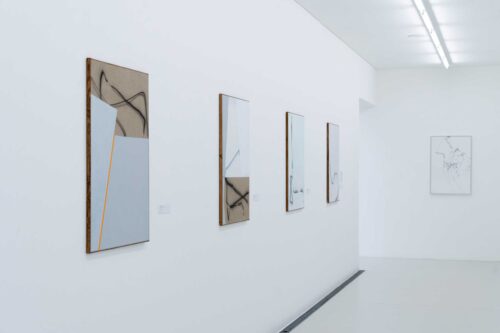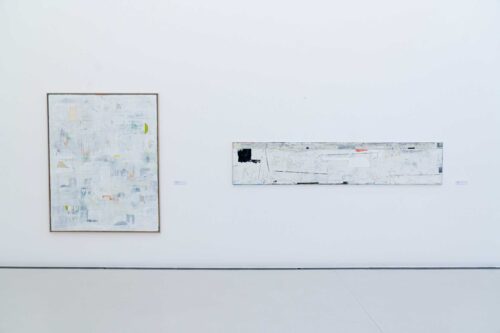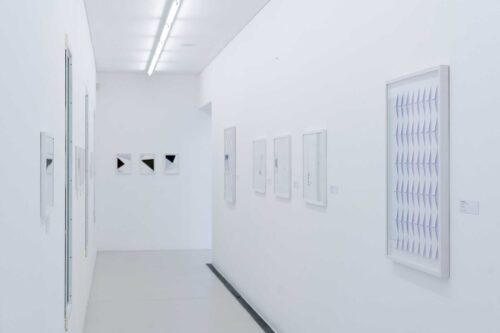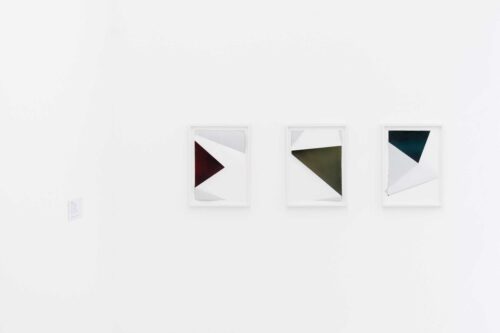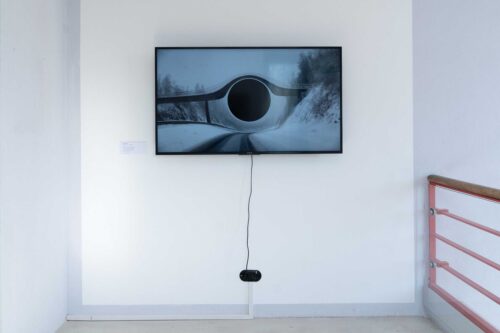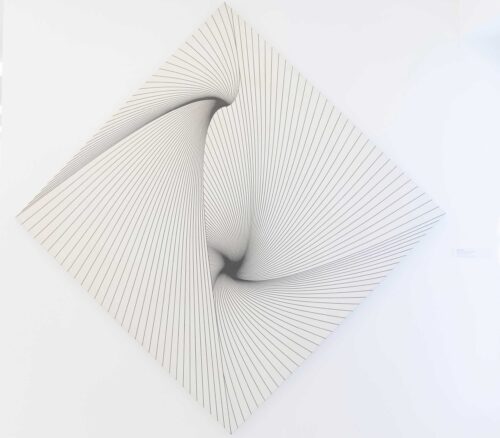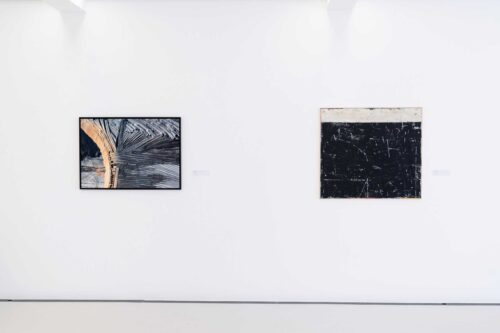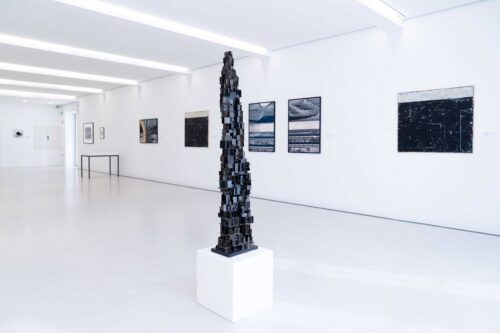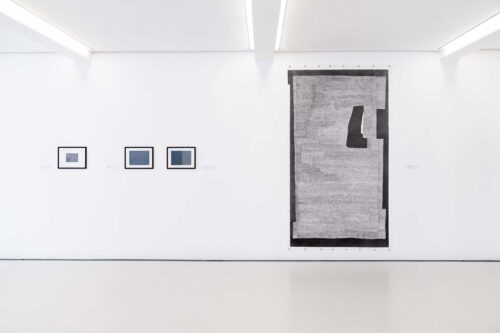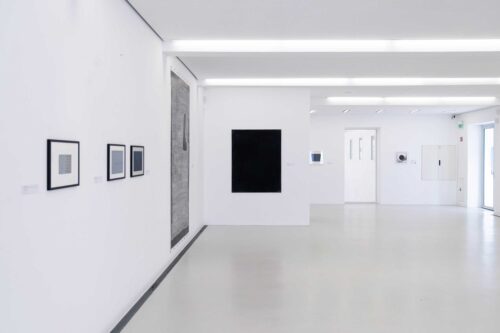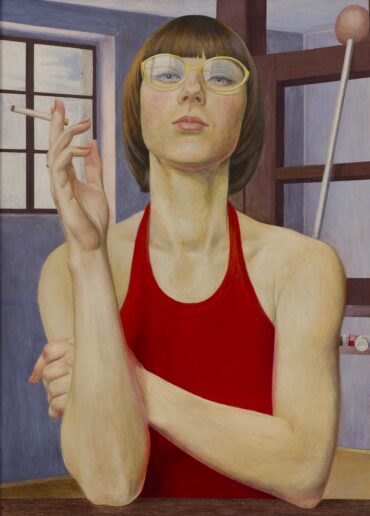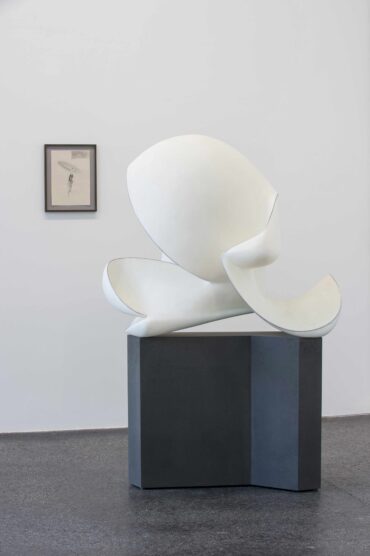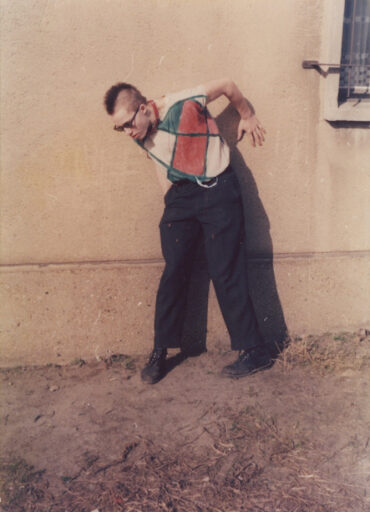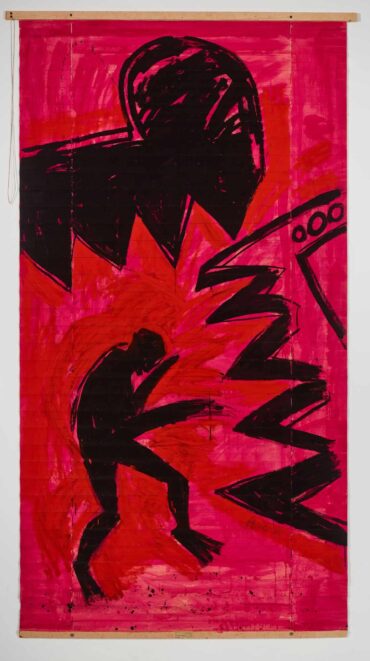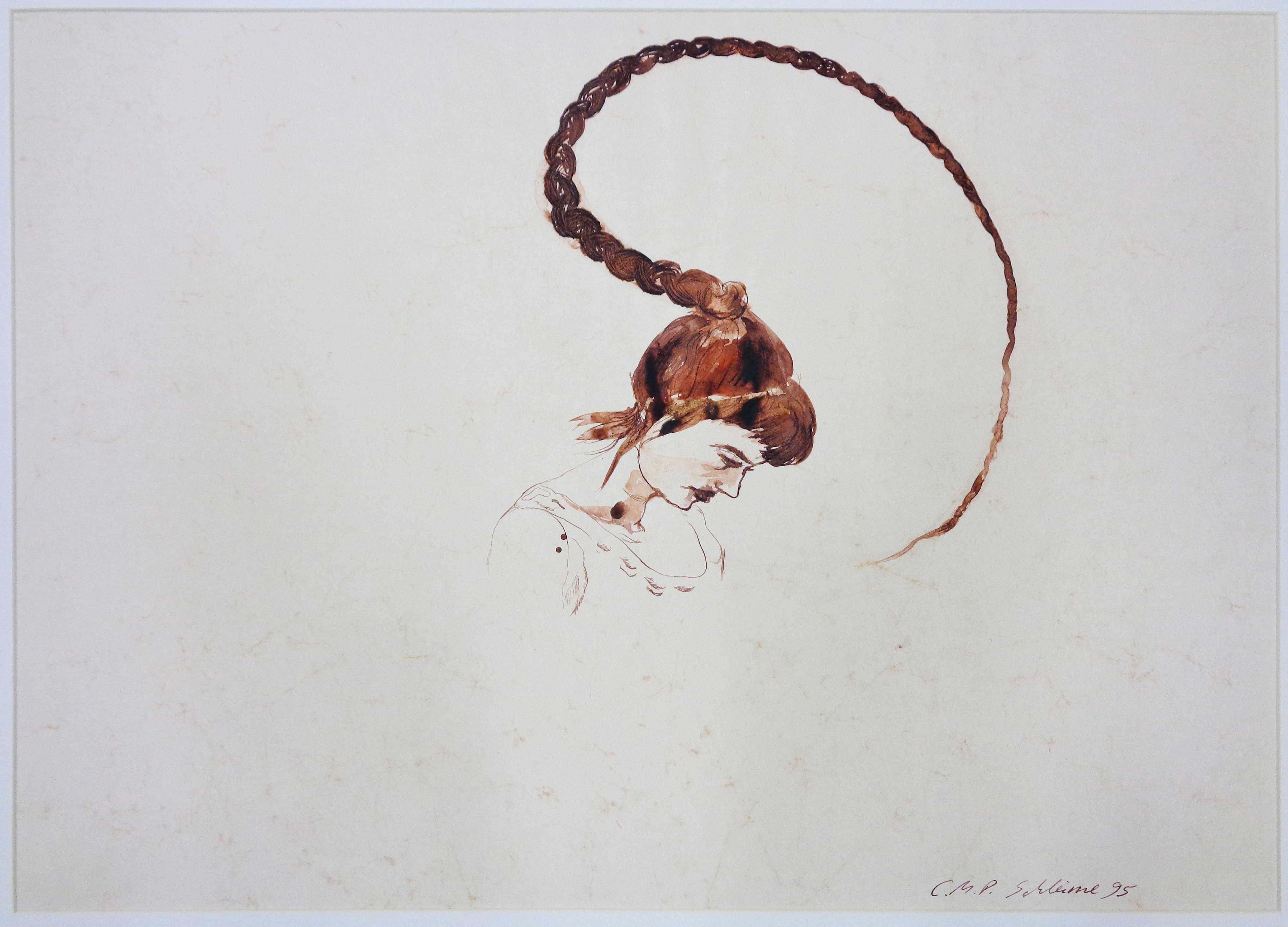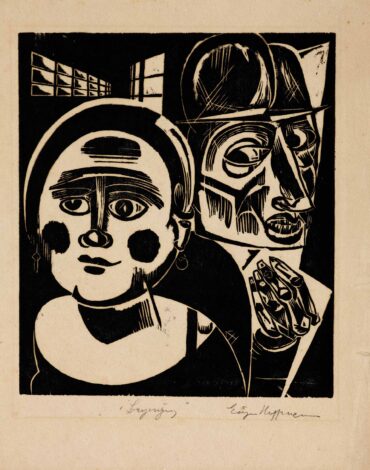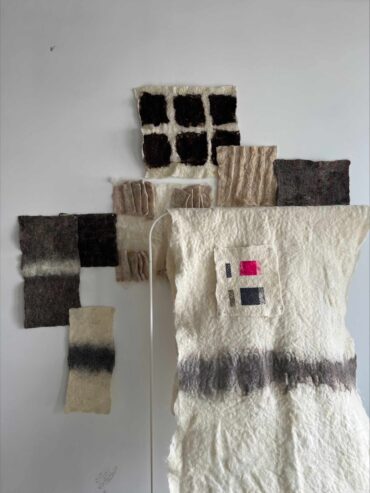
Leerraum weiß/schwarz
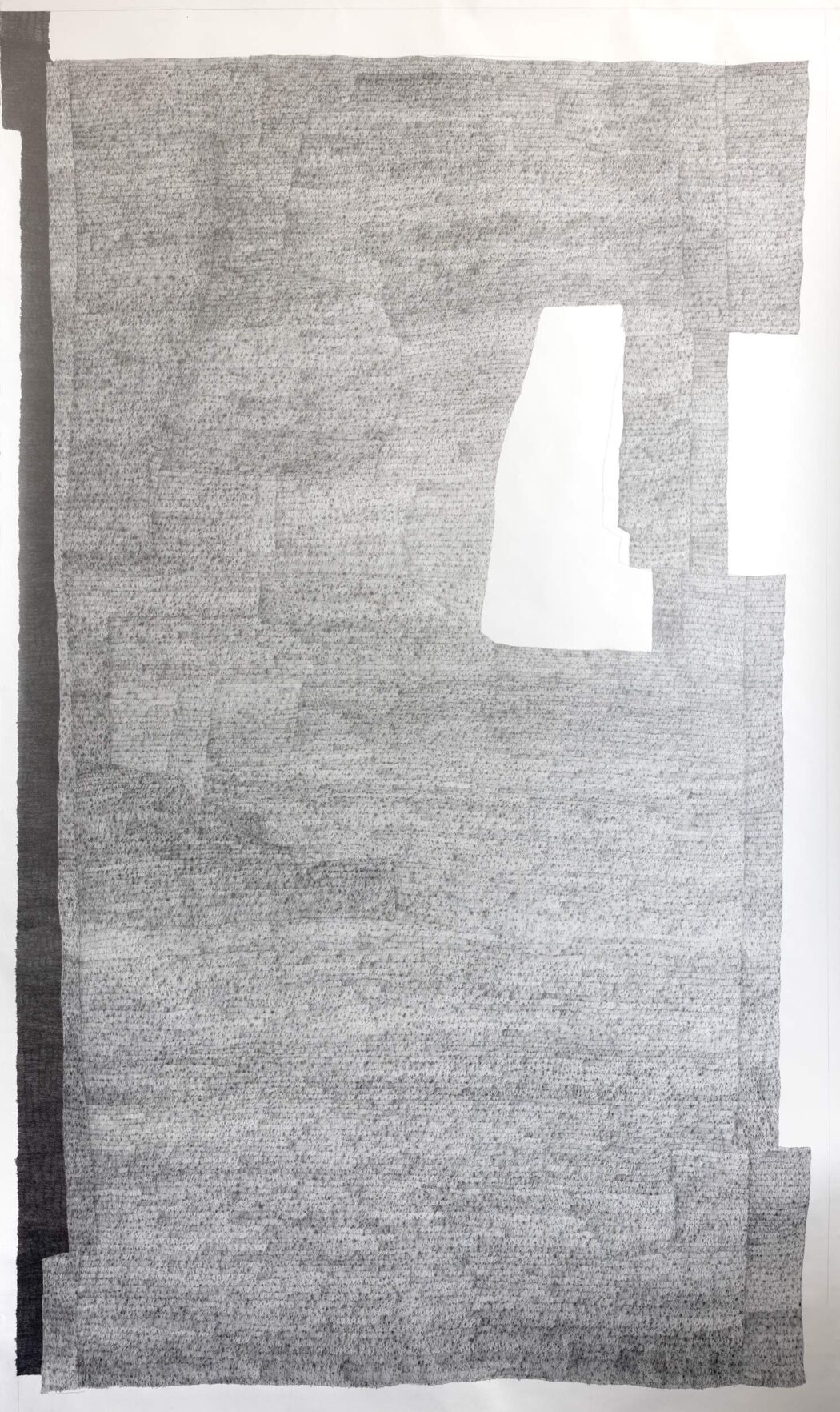
Christine Geiszler, ohne Titel, 2023, Bleistift auf Papier © Christine Geiszler, Foto: Walter Schönenbröcher
Karl-Heinz Adler, Erdal Ates, Martin Bartels, Antje Blumenstein, Teresa Casanueva, Danville Chadbourne, Carlfriedrich Claus, Frank Coldewey, DAG, Frank Diersch, Selma Dronkers, Nicole Fehling, Robert Fitterman & Klaus Killisch, Christine Geiszler, Frank Gottsmann, Ulrike Hogrebe, Günther Hornig, Gisoo Kim, Ayumi Kobayashi, Michael Kruscha, Marko Lipuš, Oliver Lunn, Michael Morgner, Wilhelm Müller, Sophia Schama, Esther Stocker, Antje Taubert, Bernd Uhde, Albert Weis
Die durch den Künstler und Kurator Michael Kruscha konzipierte Ausstellung wurde in einer ersten Version im Kunstraum Braugasse in Hoyerswerda gezeigt. Die nunmehr präsentierte Exposition wurde sowohl durch Werke aus der Sammlung des BLMK als auch ein neues, komplementäres Ausstellungskapitel erweitert. Während die erste Fassung der Schau darauf abzielte Leer- und Freiräume durch weiße Bildflächen herzustellen, fokussiert das neue, zusätzliche Kapitel der zweiten Ausstellungsversion auf schwarze Bildflecken bzw. den schwarzen Raum im Bild.
„Erkundungen im und mit dem „Leerraum“: Unverkennbar zunächst: in der Gegenwartskunst existieren sehr verschiedenartige Herangehensweisen, um diesen „geringfügigen“ Bildaspekt sinnlich habhaft zu gestalten. Reduktion auf der einen, Minimalismus auf der anderen Seite, also Entleeren und Erscheinen, markieren die Pole, innerhalb derer die Leere zur Entfaltung kommt. Mit etwa 30 künstlerischen Positionen umkreist die Ausstellung ein ungewöhnliches Themenfeld. Wobei selbstredend kaum Motiv und Gegenstand im Zentrum der künstlerischen Forschungen stehen, sondern das Hervortreten von reiner Fläche, von stark verminderter Zeichenhaftigkeit, von zurückgenommener Struktur und Faktur. So lassen das Wenige, Spurhafte, die Andeutung oder das Entschwindende, die Randerscheinung sich als Elemente dingfestmachen, die dem Bildraum erst diese Dimension, die nicht selten kontemplativen Charakter aufweist, erschließen.“
(Textauszug: Jörg Sperling)
Gastkurator: Michael Kruscha
…
A work of art, a picture, by its nature, sends out opportunities for conversation and thus creates a soliloquy in the person viewing it. However, if the artwork has lost the obvious – motif, object, perspective, etc. – and the persuasive power of the visible tends to be silent, then such an offer slides to another level. This opens up subliminal resonance spaces for the viewer, which develop quite contemplative qualities, boardering on meditation.
The exhibition, designed by the artist and curator Michael Kruscha, was shown in a first version in the Kunstraum Braugasse in Hoyerswerda. The exhibition now presented has been expanded to include works from the BLMK collection as well as a new, complementary exhibition chapter. While the first version of the show aimed to create empty and open spaces through white image surfaces, the new, additional chapter of the second exhibition version focuses on black image spots or the black space in the image.
